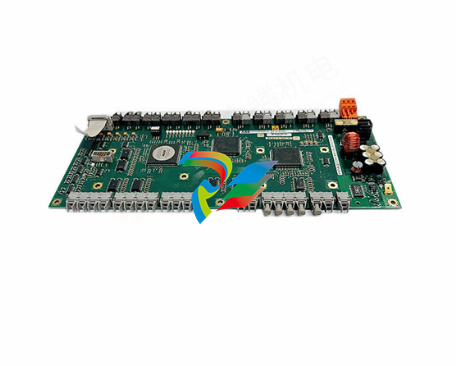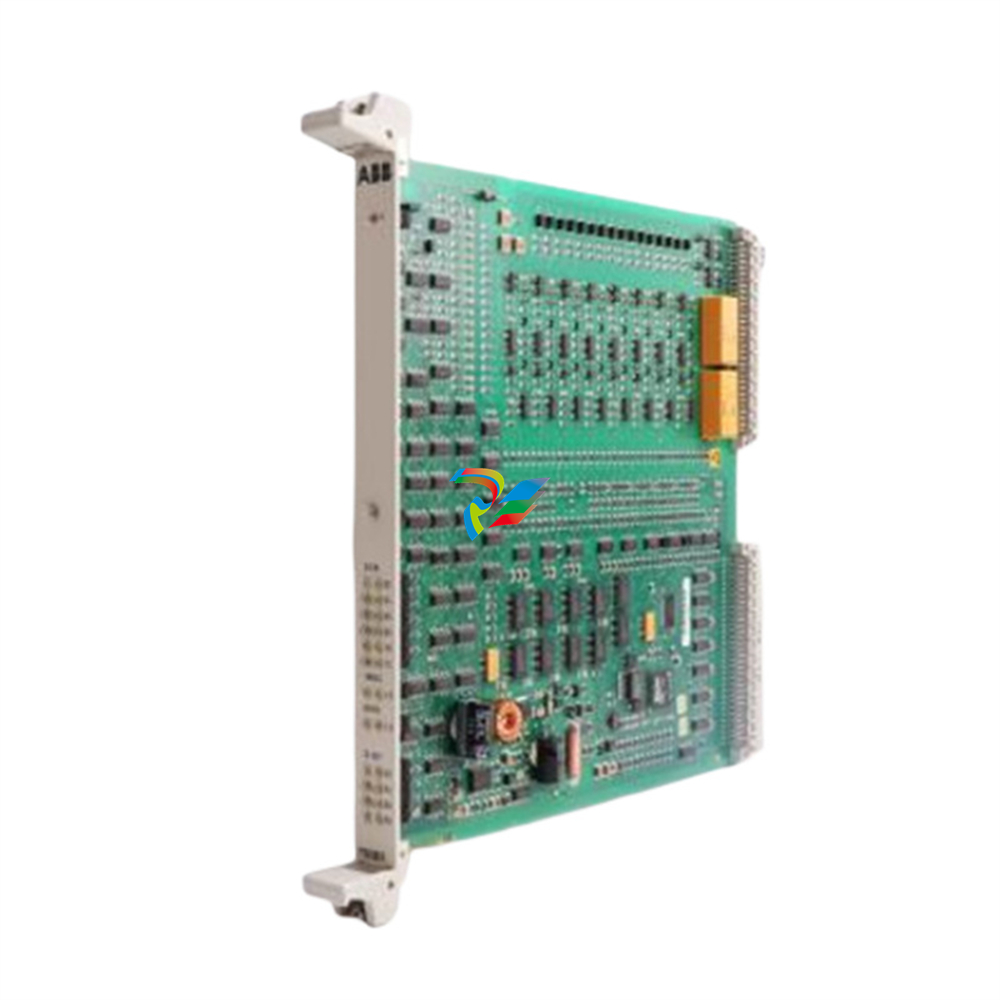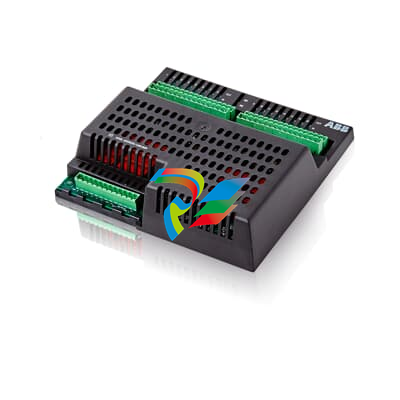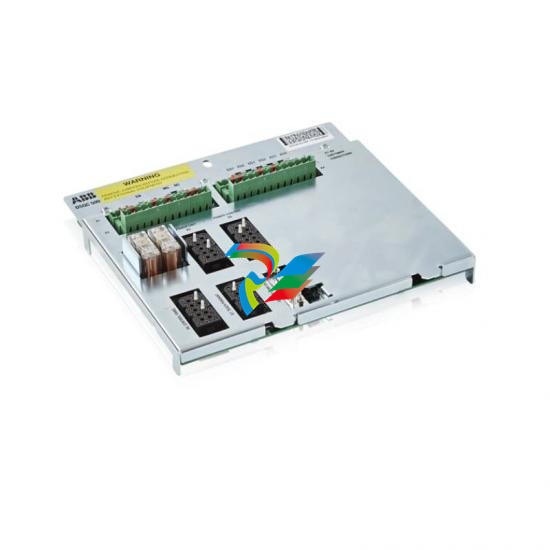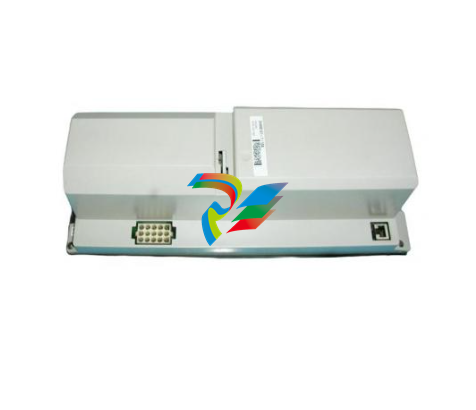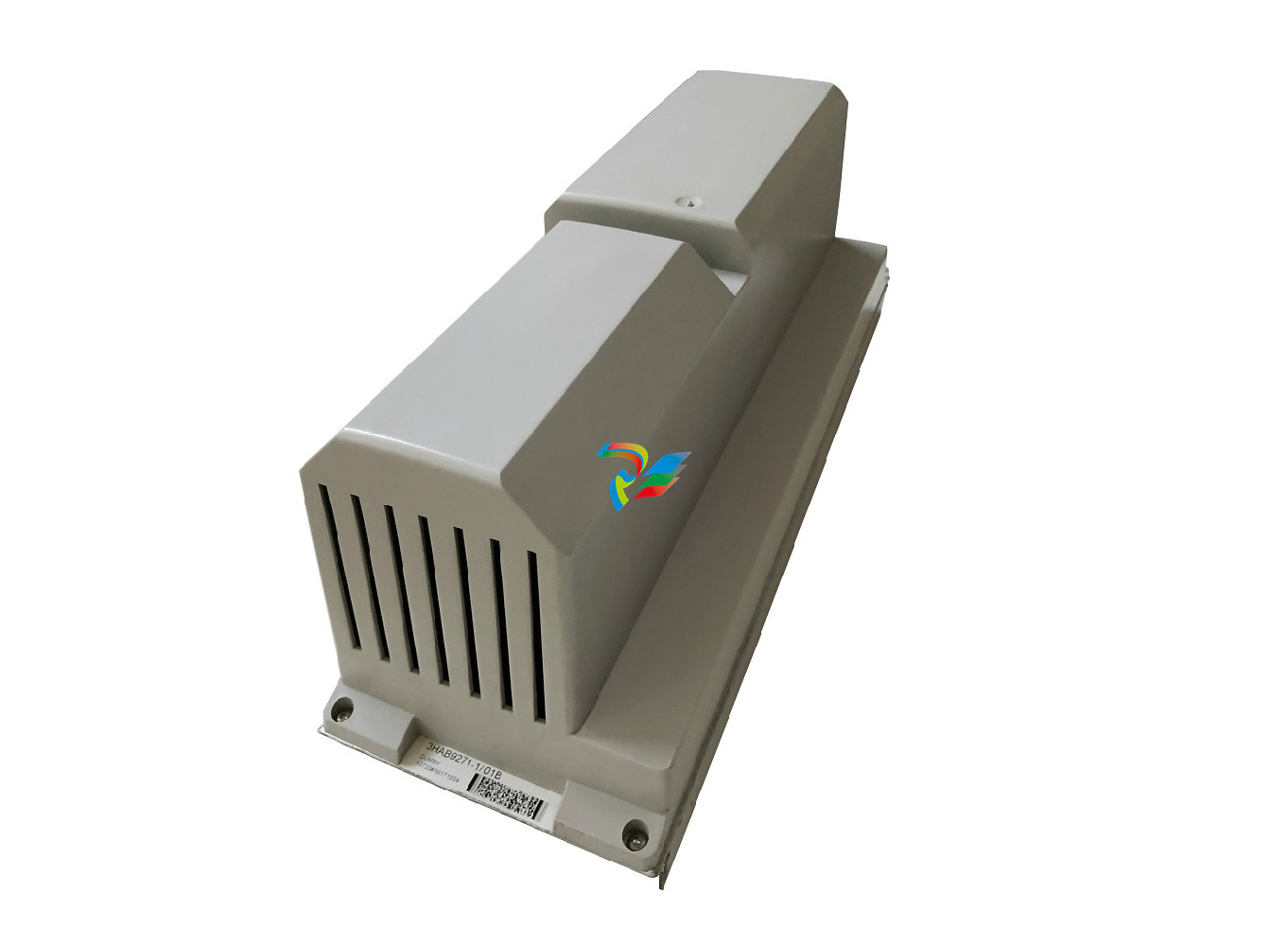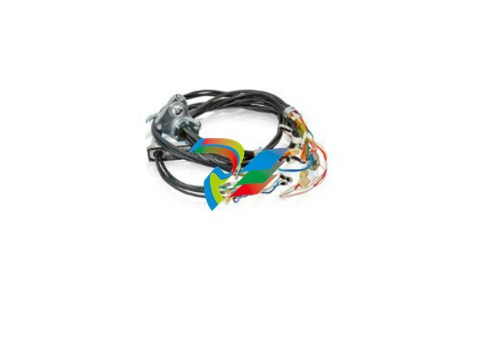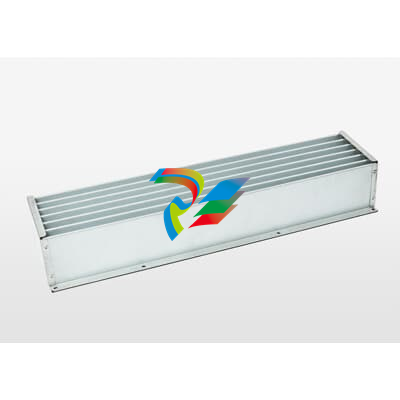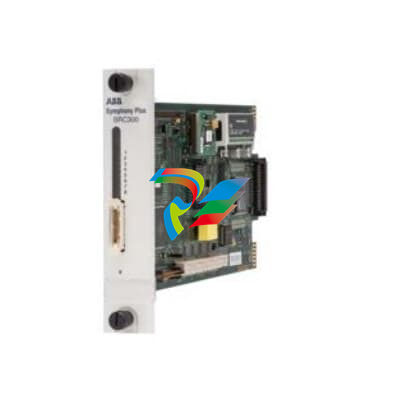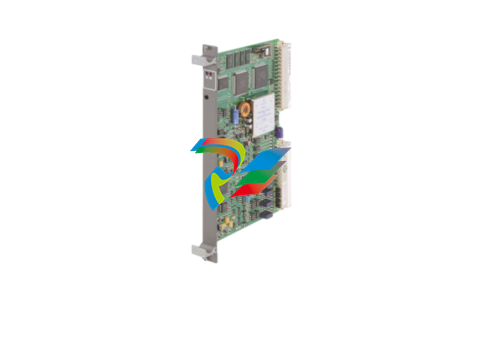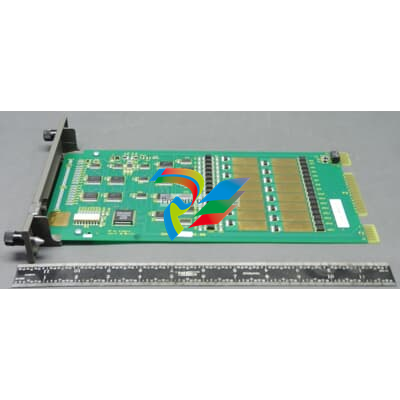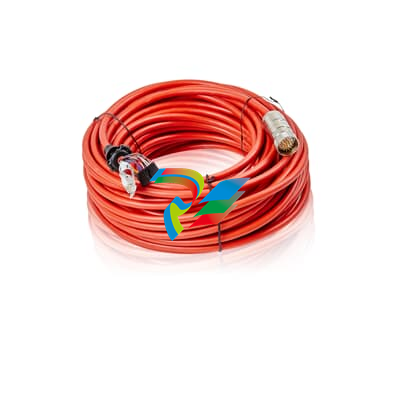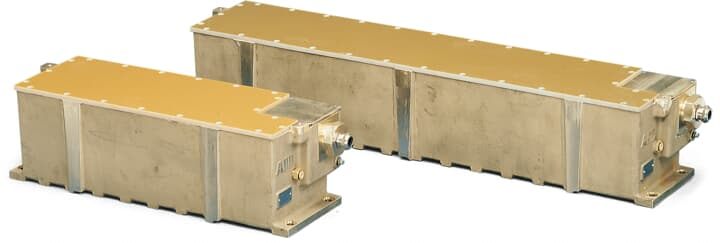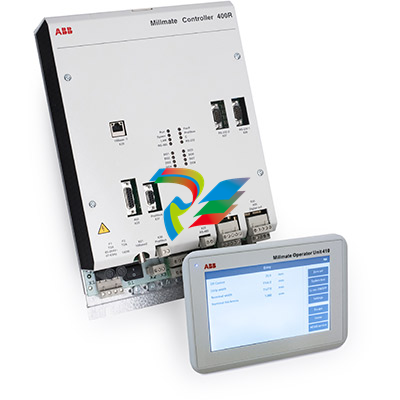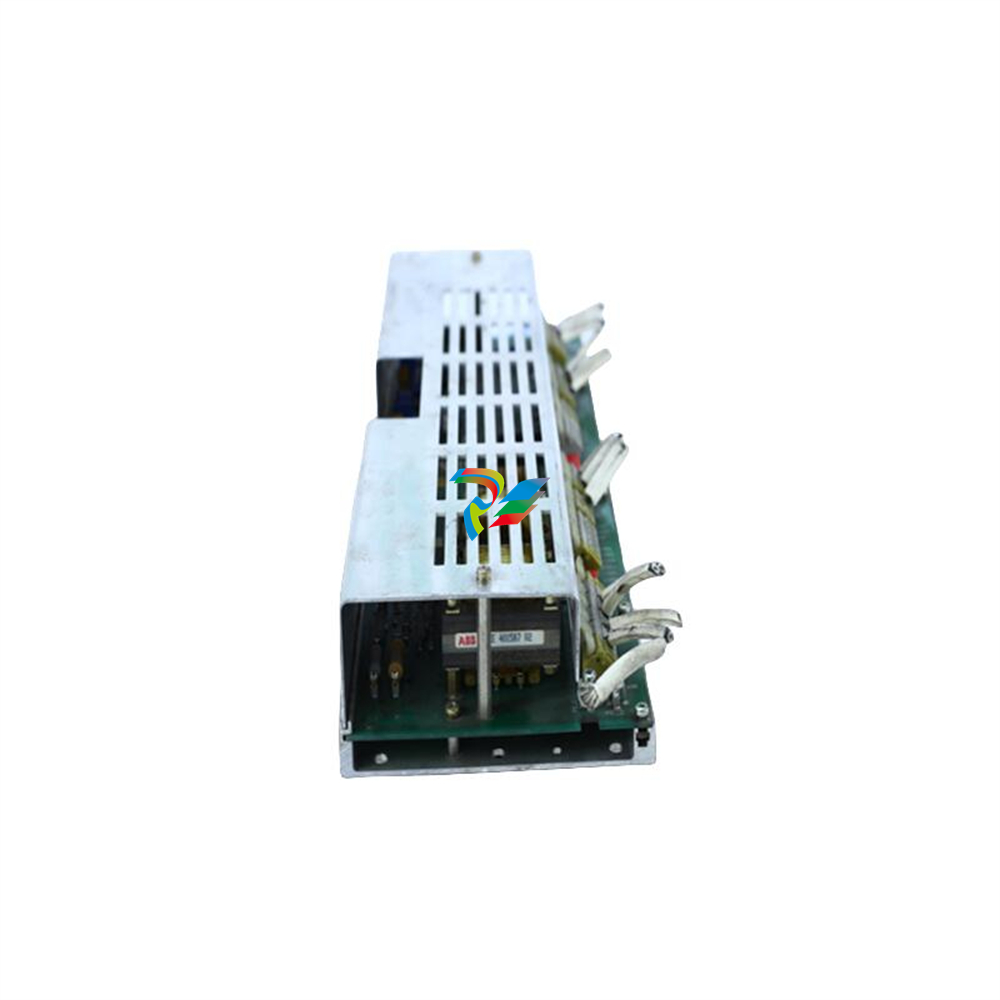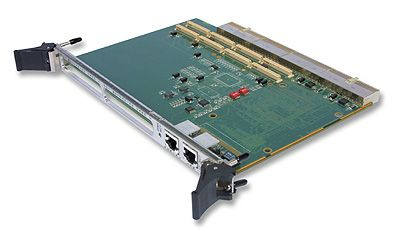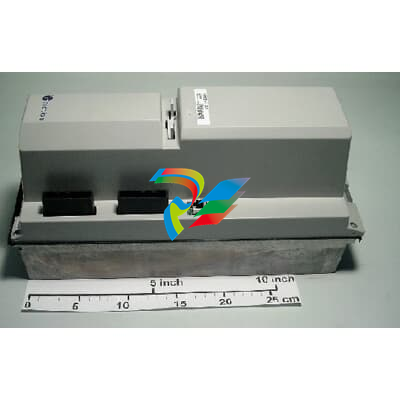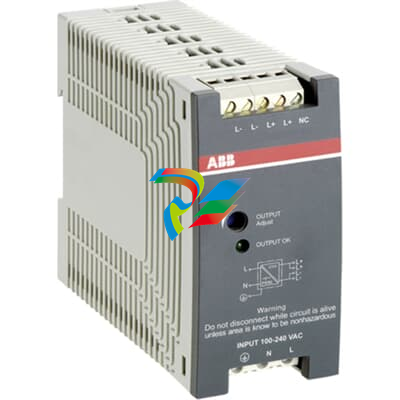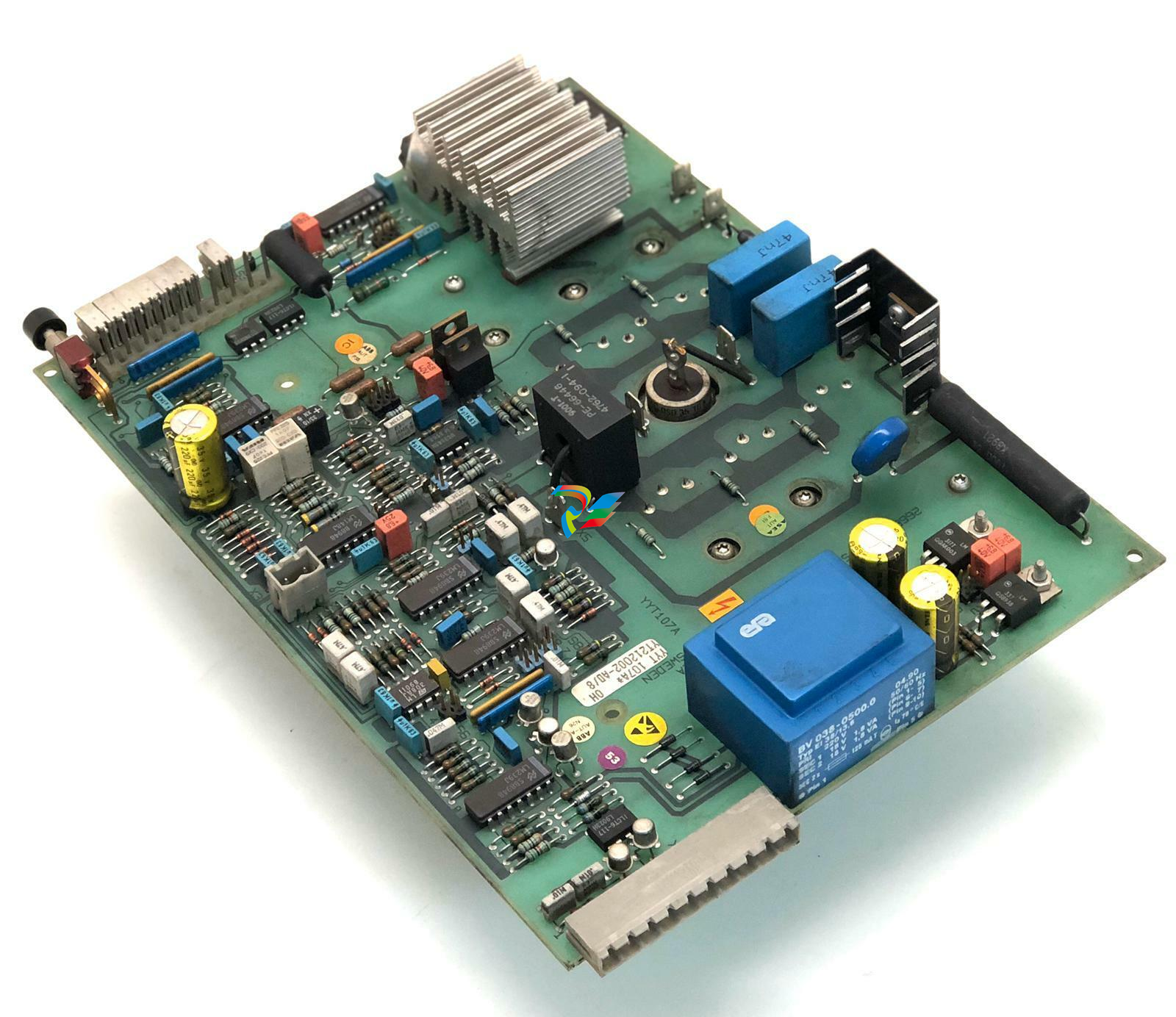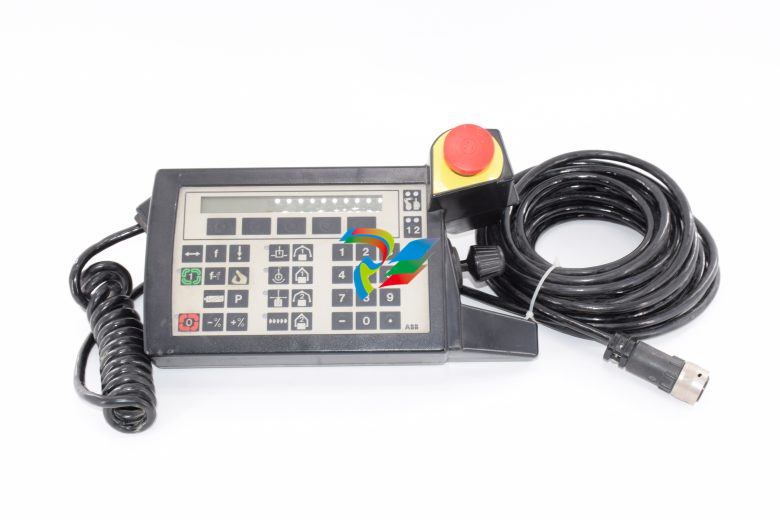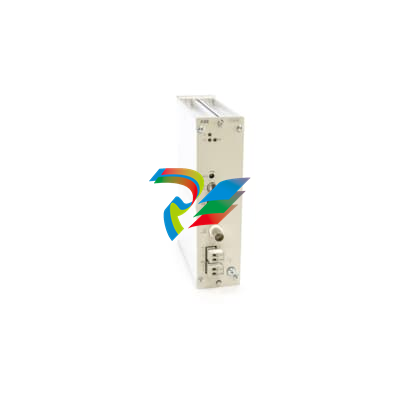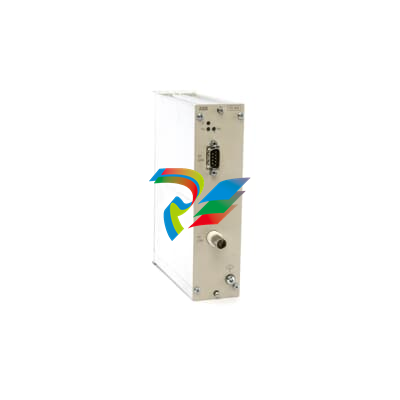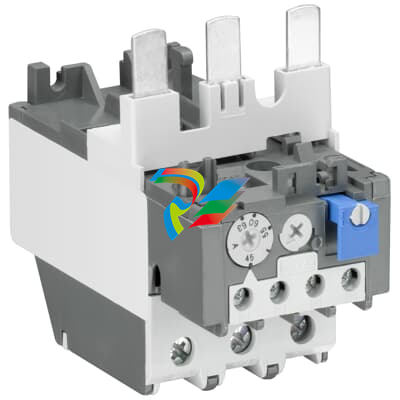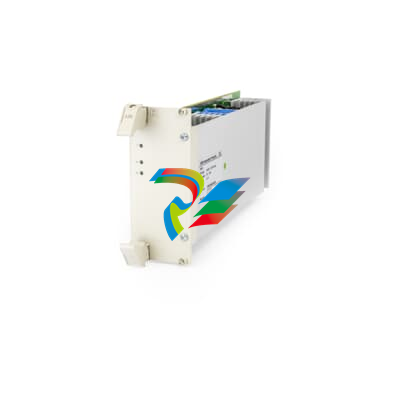
Summary of ABB REG316*4 Digital Generator Protection Module
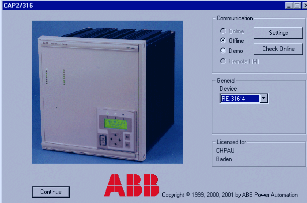
# Summary of ABB REG316*4 Numerical Generator Protection Module (Based on document version: February 2002, 1MRK502004-Ben) ## I. Product Overview REG316*4 is a **fully numerical generator protection terminal** launched by ABB, specifically designed for the protection of generators, motors, and unit transformers. Its core features include: - **Modular Design**: Hardware and software adopt a modular architecture, enabling flexible adaptation to primary systems of different scales and protection scheme requirements. - **Fully Numerical Signal Processing**: Analog quantities are processed by microprocessors after A/D conversion, ensuring measurement accuracy and long-term stability. - **High Availability**: Comprehensive fault diagnosis through continuous hardware self-monitoring and periodic software testing reduces the need for regular maintenance. - **Flexible Configuration**: Supports 4 independent parameter sets activatable via binary inputs; allows combination of multiple protection functions, with function selection achievable through parameter configuration without programming knowledge. ## II. Application Scenarios Suitable for **protection of generators, motors, and unit transformers**, its main application scenarios include: - Covers radial, looped, and other grid topologies, adapting to equipment with different capacities and grounding methods. - Supports data exchange with process control systems (such as Substation Control System (SCS) and Station Monitoring System (SMS)), enabling reporting of digital states, events, measured values, and protection parameters. - Configurable with different redundancy levels (e.g., power supply redundancy, system-level redundancy) to meet varying reliability requirements. ## III. Core Protection Functions REG316*4 integrates a comprehensive library of protection functions covering various fault scenarios. Key functions and features are as follows: ### 1. Differential Protection - **Generator Differential Protection (87G)**: Three-phase protection with current-adaptive characteristics, resistant to CT saturation, with a maximum operating time ≤30ms (IΔ>2IN). - **Transformer Differential Protection (87T)**: Supports 2-winding and 3-winding transformers, suppresses inrush current via 2nd harmonic restraint, and compensates for vector groups and CT ratios without auxiliary transformers. ### 2. Overcurrent and Earth-Fault Protection - **Definite Time Overcurrent Protection (51DT)**: Detects overcurrent/undercurrent, supports three-phase measurement, suppresses inrush current with 2nd harmonic restraint, and has a setting accuracy of ±5%. - **Instantaneous Overcurrent Protection (50)**: Peak value evaluation within a wide frequency range, with operating time ≤30ms (overcurrent)/≤60ms (undercurrent). - **Inverse Time Overcurrent Protection (51)**: Complies with BS 142 standard curves (normal inverse, very inverse, etc.), supporting phase and earth-fault protection. - **Directional Overcurrent Protection (67)**: Equipped with voltage memory function for close-in faults, supports definite or inverse time characteristics, and has an angle measurement accuracy of ±5°. ### 3. Voltage-Related Protection - **Definite Time Overvoltage/Undervoltage Protection (59/27)**: Detects overvoltage/undervoltage, applicable to stator earth faults (95% coverage), rotor earth faults, etc., with a setting accuracy of ±2%. - **Overexcitation Protection (24)**: Monitors based on U/f ratio, supports inverse time characteristics (compliant with IEEE C37.91-1985), with an accuracy of ±3%. - **Voltage Balance Protection (60)**: Compares amplitude differences between two groups of voltage inputs to detect voltage asymmetry, with an operating time ≤50ms. ### 4. Special Protection - **100% Stator Earth Fault Protection (64S)**: Based on the voltage displacement principle, covers the entire winding including the neutral point. Requires REX010 injection unit and REX011 transformer, with earth resistance measurement accuracy of ±10% (0.1kΩ~10kΩ). - **Rotor Earth Fault Protection (64R)**: Continuously monitors insulation level, calculates earth resistance via injection principle, and supports graded alarm and tripping settings. - **Loss-of-Excitation Protection (40)**: Detects loss-of-excitation faults in synchronous machines based on the minimum reactance principle, adopting a circular characteristic with an operating time ≤50ms. - **Negative Sequence Current Protection (46)**: Detects unbalanced loads, supports definite time or inverse time (thermal simulation) characteristics, with current measurement accuracy of ±2%. ### 5. Other Auxiliary Functions - **Frequency and Rate-of-Change of Frequency Protection (81/df/dt)**: Over/under frequency protection with frequency measurement accuracy of ±30mHz; df/dt protection accuracy of ±0.1Hz/s, supporting undervoltage blocking. - **Breaker Failure Protection (50BF)**: Independent phase current recognition, supports two-level delays for retrip and backup trip, with reset time ≤38ms. - **Disturbance Recorder**: Monitors up to 9 analog channels and 16 binary channels, with a sampling frequency of 600/720Hz (for 50/60Hz systems), recording duration of approximately 5s, and supports pre-fault, fault, and post-fault data storage. ## IV. Hardware and Software Architecture ### 1. Hardware Composition - **Core Units**: Includes an analog input unit (up to 9 CT/VT inputs, 16-bit A/D conversion), central processing unit (486 CPU, dual-ported memory), 1-4 binary I/O units (models 316DB61/62/63, including tripping relays, signaling relays, and optocoupler inputs), and a power supply unit (36-312V DC input, 24V DC output, supporting redundancy). - **Communication Interfaces**: Standard RS232C (9600bps), optional LON/MVB fiber optic interfaces (supporting IEC 61375), and compatibility with SPA and IEC 60870-5-103 protocols. - **Human-Machine Interface**: Configurable via the Windows-based tool CAP2/316, supporting local/remote operation, with front-panel LEDs indicating events and statuses. ### 2. Software Functions - **Configuration Tool**: CAP2/316 supports online/offline programming, graphically displays protection characteristic curves, and enables function selection via "drag-and-drop". - **Self-Diagnosis**: Real-time monitoring of power supply, A/D converters, memory, etc., with immediate alarm for hardware faults; event log capacity of 256 entries (timestamp accuracy 1ms). - **Engineering Tool**: CAP316 is based on a graphical programming language (similar to IEC 1131), supporting custom control logic (FUPLA) creation, with up to 8 projects running simultaneously. ## V. Key Technical Parameters - **Input Specifications**: Rated current 1A/2A/5A; rated voltage 100V/200V; frequency 50/60Hz; CT thermal withstand capability 250×IN (half-cycle surge); VT continuous withstand capability 2.2×UN. - **Protection Accuracy**: Differential protection operating time ≤30ms; overcurrent protection setting accuracy ±5%; frequency measurement ±30mHz; power measurement ±0.5% (with error compensation). - **Environmental Adaptability**: Operating temperature -10~+55℃; storage temperature -40~+85℃; anti-electromagnetic interference (ESD 6/8kV, RFI 10V/m), compliant with EN/IEC standards. - **Mechanical Characteristics**: Supports 19" rack mounting (6U height); protection class IP50 (IP20 with MVB interface); weight approximately 10-12kg. ## VI. Configuration and Ordering - **Basic Versions**: Offers 7 predefined basic versions (SR100-SR700), covering different combinations of protection functions (e.g., differential protection, earth-fault protection). - **Ordering Parameters**: Requires specification of rated current/voltage, optocoupler input voltage, I/O unit type, communication protocol (e.g., LON/MVB), mounting method (semi-flush/surface mounting), etc., with configurations clarified via sub-codes (A-/B-/K- etc.). - **Accessories**: Includes 19" mounting plates, fiber optic communication cards, disturbance recording analysis software (REVAL/WINEVE), PC connection cables, etc. ## VII. Core Advantages - **Flexibility**: Modular hardware and software design supports on-demand function activation, adapting to systems of different scales. - **Reliability**: Fully numerical processing combined with comprehensive self-diagnosis ensures high availability and long-term stability. - **Usability**: Menu-driven configuration tool requires no programming knowledge, supporting multi-language HMI. - **Comprehensiveness**: Covers all types of faults in generators/transformers, integrating measurement, recording, and communication functions to simplify system integration. Through high-performance protection algorithms, flexible configuration capabilities, and reliable hardware design, REG316*4 provides an efficient and accurate protection solution for power generation equipment, widely used in power, industrial, and other fields.


































































































